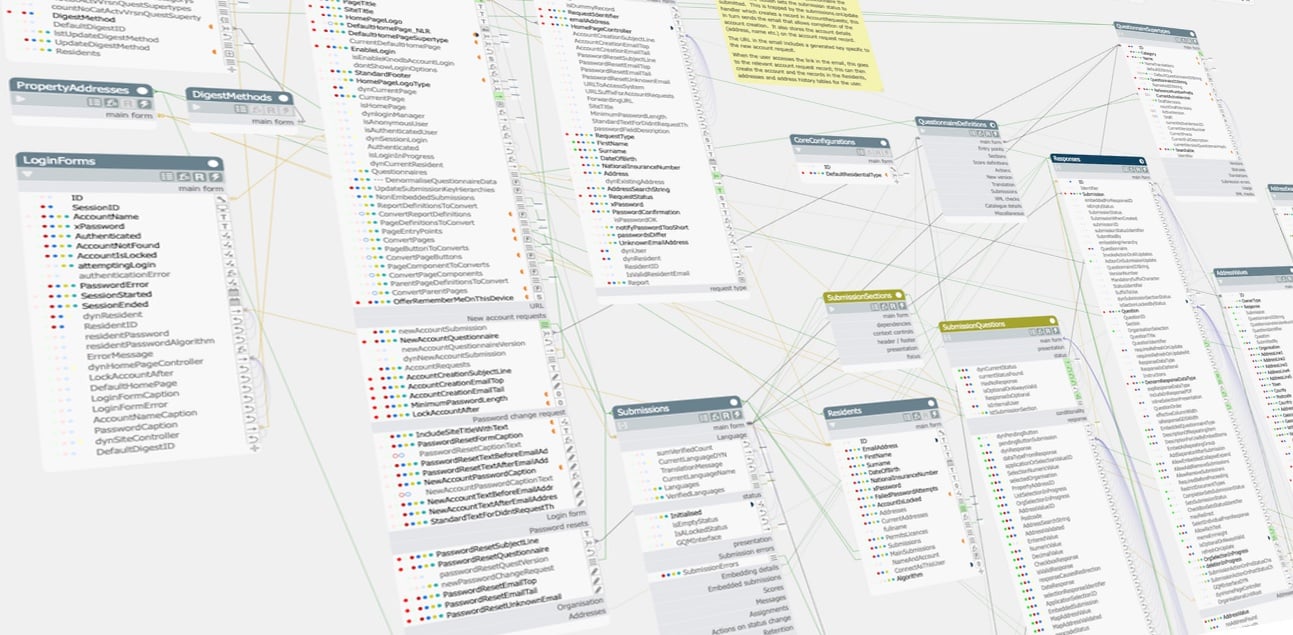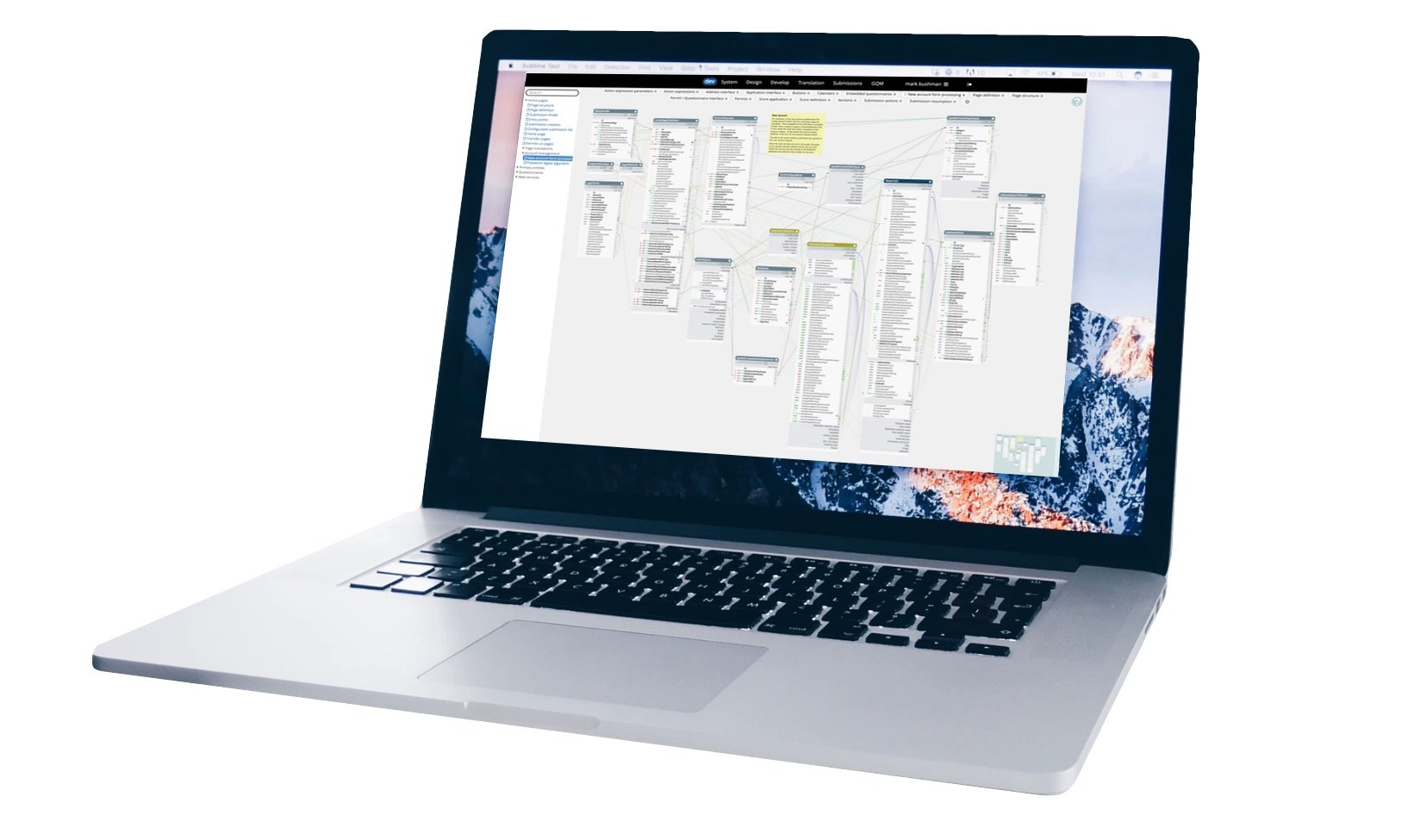
It allows developers to build applications, the definitions of which are stored entirely as data, and it deploys those applications to users.
It is termed a platform because a single technical implementation provides a framework for development and implementation activities (security, logging, session management etc.) as well as operational management of deployed systems (change control, security policies, backups etc.)
This has significant benefits, including:
Exceptionally fast implementation, deployment and maintenance enables truly agile development
Applications that never become obsolete and grow capabilities over time
Elastic infrastructure supporting thousands of concurrent users
Traditional Rapid Application Development (RAD) and low-code tools make it trivial to implement simple functionality. The downside is that they are unsuitable for large or complex applications. The high level of control provided by traditional development tools is sacrificed for speed and simplicity.
For simple applications this may be a good trade-off, but the removal of outright capability in favour of simplicity necessarily restricts what these tools can be used for.
You may be several iterations into the development of a product before realising that the tool you have selected lacks the capabilities required for the next feature.
Also, most low-code environments require the developer to step outside the toolset's capabilities to perform complex tasks - 'low-code' is used for the easy bits, but the real work is done by traditional Java, C# or similar code bases, removing the advantage of the low-code concept.
kinodb doesn't make these compromises. In the hands of experienced developers familiar with the design of efficient data structures, transactional data management and the implementation of complex, enterprise-scale systems, it makes the development process many times faster.

kinodb is used for systems of all kinds. It has been used for case management, HR systems, investment optimisation systems, asset registers, permit management applications and much else besides.
Some of the characteristics of these systems are as follows:
The kinodb platform provides all of these capabilities out of the box, without requiring the level of technical implementation that would be required using conventional development technologies.
The metadata-driven approach that the platform implements brings a number of significant advantages to the development and maintenance process:

Click on one of the buttons below to find out why so many organisations have chosen kinodb, or one of our pre-configured versions for local government or asset management.






